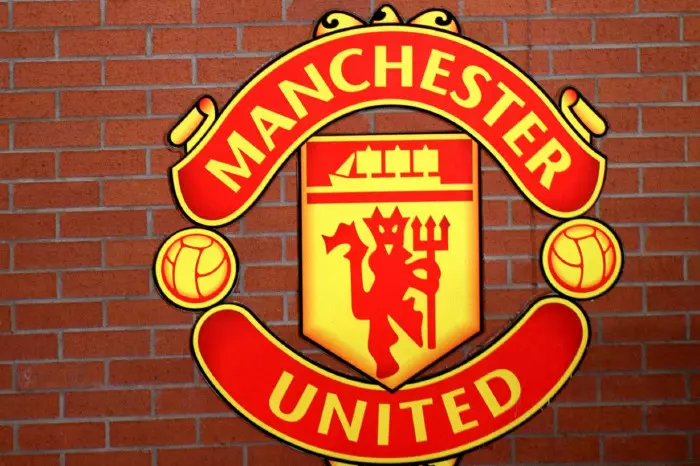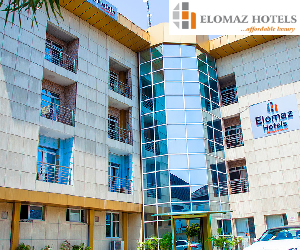Manchester United has set its sights on hosting the final of the 2035 FIFA Women’s World Cup, positioning the club at the center of one of the most prestigious events in global football. This bold ambition is tied to United’s massive redevelopment plan to build the UK’s largest stadium, a futuristic £2 billion venue near Old Trafford, expected to be completed within the next five to six years.
Club executives remain confident in the vision laid out by co-owner Sir Jim Ratcliffe, who announced the proposed timeline back in March. Despite growing skepticism from outside observers about the feasibility of completing such a massive infrastructure project on schedule, United insiders believe the stadium will be operational well ahead of the 2035 tournament.
The United Kingdom is currently the sole bidder to host the 2035 Women’s World Cup, with plans for matches to be played across England, Scotland, Wales, and Northern Ireland. The Football Association is expected to submit a comprehensive proposal to FIFA by the end of the year, and Manchester United is making a strong case for the final to be played in their new flagship stadium, one that could seat up to 100,000 spectators.
The ambition to be at the heart of the Women’s World Cup was further underscored by the appointment of Lord Sebastian Coe as Chair-Designate of the Mayoral Development Corporation, which oversees the Old Trafford Regeneration Project. Manchester United welcomed the news, highlighting Coe’s previous leadership of the Old Trafford Regeneration Task Force formed by Ratcliffe in 2024, as well as his successful stewardship of London’s 2012 Olympic and Paralympic bid. The club believes Coe’s continued involvement will be critical in ensuring continuity, strategic oversight, and international credibility for the redevelopment project.
United’s CEO Omar Berrada emphasized the importance of Coe’s leadership, stating that his track record with transformative projects would play a central role in turning the club’s vision into reality. Berrada reaffirmed that the new stadium would not only boost the club’s global prestige but also serve as a central venue for major international tournaments, including the Women’s World Cup.
Read also:
- Brentford reject Manchester United’s latest offer of £62.5m Mbeumo
- Super Eagles star Emmanuel Arokodare agrees to Manchester United summer transfer
- Manchester United complete £62.5m transfer for Matheus Cunha in major Summer signing
However, industry experts and football stakeholders are urging caution. Several have noted the complexity of building such a large stadium from the ground up, pointing out that even if construction begins within the next two years, completing it by 2030 would still be a considerable achievement. The project’s size and scope, coupled with the regulatory and planning challenges that typically accompany major urban infrastructure, could delay progress beyond the club’s projected timeline.
Financially, Manchester United is entering a critical phase. Preliminary funding discussions for the stadium are already underway, occurring alongside efforts to refinance a large portion of the club’s existing debt. The June financial report revealed that £327.9 million in senior secured notes and £180 million from the club’s revolving credit facility are set to mature by June 25, 2027. Although those obligations remain a few years away, insiders suggest refinancing could take place as early as 2026 to free up flexibility for the stadium build.
The new Old Trafford, if completed on time, could redefine the club’s legacy and cement its role as a global sports powerhouse. Hosting the final of the 2035 FIFA Women’s World Cup would not only be a symbolic achievement but also a powerful testament to Manchester United’s ambition to lead both on and off the pitch in the next era of world football.






